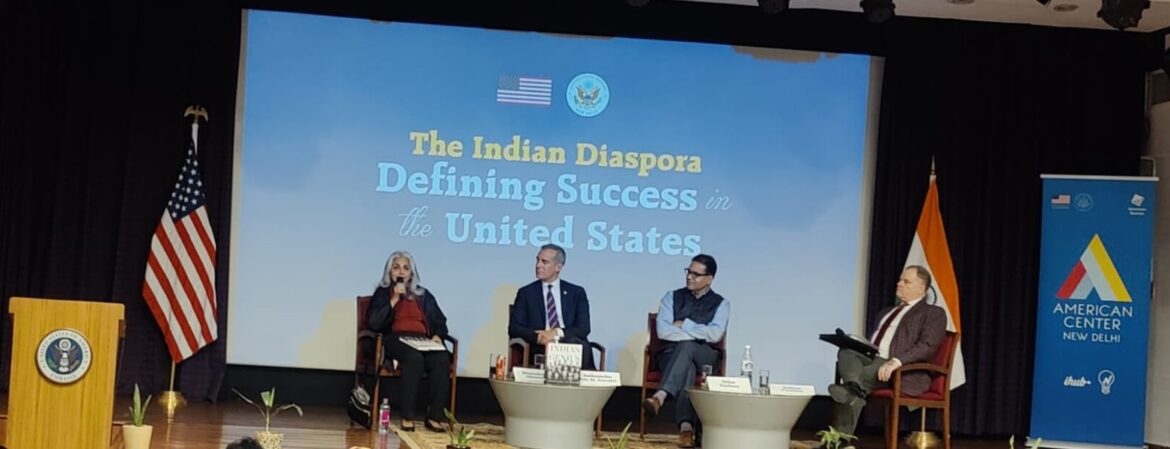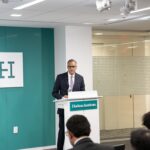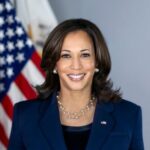NEW DELHI: As the presence of Indian-Americans continues to grow and find a greater voice in the country of adoption, U.S. Ambassador Eric Garcetti underscored the need for more people from the less economically advantaged sections to experience the American way of life.
“It should not be [limited] to the best…the opportunity should be there for students from the poor, minority and underserved regions… to study in the United States and should find ways to fund these students,” said Ambassador Garcetti during a discussion at the American Center on December 10, 2024, in the nation’s capital.
Sharing an anecdote of the deep connection Indians have with the United States, the Ambassador said during a meeting with President Joe Biden he mentioned that Indians know more about America than Americans know about America. He expressed optimism over the upward trajectory of the relationship that goes beyond the governments.
The Ambassador was on a panel with Milan Vaishnav, director of the South Asia Program, Carnegie Endowment for International Peace, and Meenakshi Ahamed discussing the Indian Diaspora in the context of her book “Indian Genius. The Meteoric Rise of Indians in America.”
Narrating his experience in India, he said the rise in visits by several Indian Americans and other officials working in the Federal Government and from various states solidified the bilateral relationship and took it to the next level. Many of them have Indian connections, which has led to a better understanding of the complexities. These people can establish and network quickly and take the movement forward.
Responding to the contribution of the Indian-American community, Vaishnav said in his assessment that Prime Minister Narendra Modi does diaspora outreach because it goes beyond filling a large-capacity football stadium. India needs capital and technology transfer, fields in which the members of this community are leading.
He observed that while the contribution of Indian-Americans is acknowledged for pushing the India-U.S. Civil Nuclear Agreement, the other important work was during the second wave of COVID-19 when the community worked the phones to reach out to Members of Congress and the White House.
Characterizing the initial response of the U.S. administration as “rather flatfooted,” he said only after the Indian-Americans stepped up work in this direction, aid was put on a fast track.
Today, despite the thin presence in terms of population the Indian-Americans are influential political actors, organizing donations for campaigns and over 95 percent of the registered voters turn out to cast their ballot. The last two election cycles saw both the Democrats and Republicans courting the community with dedicated pages in their manifestoes while polarization and divide were being reflected.
Deputy Counsellor for Education and Cultural Affairs, William O’Connor, US Embassy in New Delhi, was also present.






